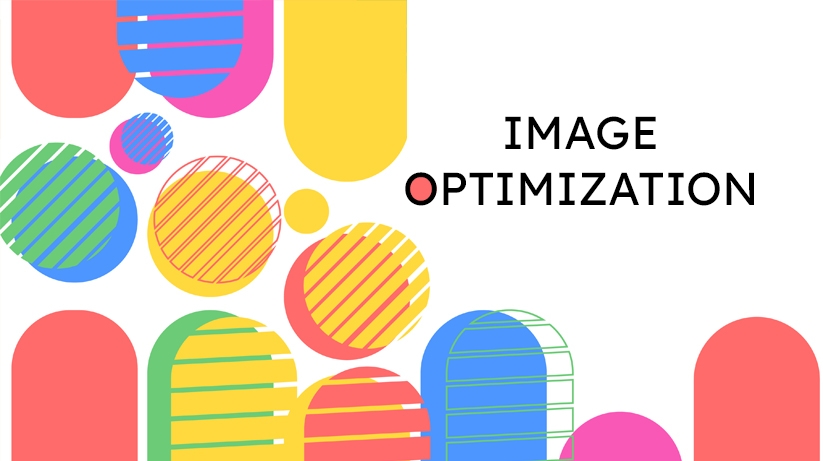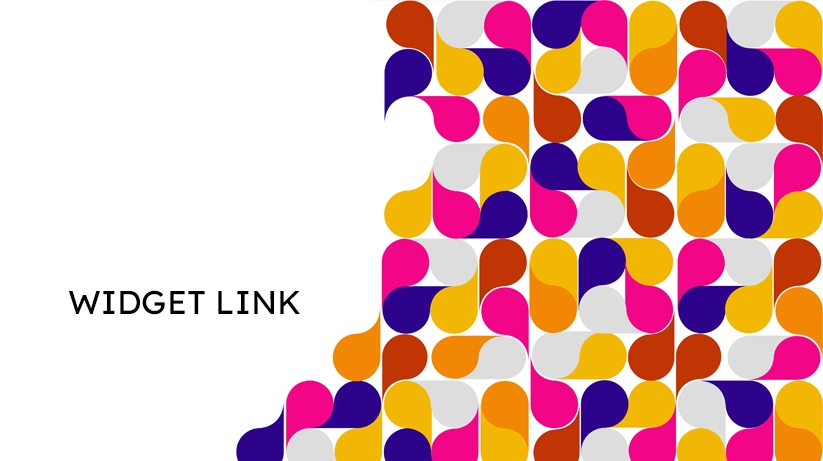
Picture Perfect: The Ultimate Guide to Image Optimisation for Maximum Impact, Faster Load Times, and Enhanced SEO

Introduction:
Content reigns supreme in today's digital landscape, where attention spans are short and visual. Image optimisation has become indispensable to successful website development and search engine optimisation (SEO) strategies. A picture-perfect website captures users' attention and ensures faster load times. In this blog, we will explore the world of image optimisation and its profound impact on SEO, equipping you with the knowledge and techniques to optimise your images for maximum impact, faster load times, and enhanced search engine visibility.
Understanding Image Optimisation and Its SEO Significance:
The Importance of Image Optimisation for SEO:
In the competitive world of online marketing, search engine optimisation (SEO) is paramount to achieving higher visibility, driving organic traffic, and establishing a solid online presence. While optimising textual content is a well-known SEO practice, many website owners underestimate the crucial role of image optimisation.
Visual Content in the Digital Landscape:
The Rise of Visual Content:
The growing significance of visual content in online platforms.
The impact of visuals on user attention spans and engagement.
The role of images in conveying information and evoking emotions.
Search Engines and Visual Search:
Search engine algorithms' increasing focus on visual content.
The rise of optical search engines and their impact on SEO.
The opportunities presented by optimising images for visual search.
The SEO Benefits of Image Optimisation:
Enhanced User Experience:
The importance of fast-loading images for user satisfaction.
Reducing bounce rates with optimised visuals.
Providing visually appealing content that encourages more extended site visits.
Improved Website Performance:
The impact of image file sizes on page load times.
How image optimisation reduces server load and bandwidth usage.
Optimising images for faster loading and improved overall website performance.
Accessibility and User-Friendly Design:
Optimising images for alt text and alternative screen readers.
Catering to visually impaired users and improving accessibility.
The positive effect of accessibility on SEO and user experience.
Key SEO Factors in Image Optimisation:
Regarding image optimisation for SEO, there are vital factors to consider. These factors are crucial in improving your website's visibility and search engine rankings.
Image Alt Text: Adding descriptive alt text to your images helps search engines understand the image's content. It also provides accessibility for visually impaired users.
Image File Names: Optimising your image file names with descriptive keywords can help search engines identify the image's subject matter. Use hyphens to separate words and avoid generic file names like "image1.jpg".
Image Size and Compression: Large image file sizes can slow down your website's load time, negatively impacting the user experience and SEO. Resize and compress images to reduce file sizes without compromising quality. Faster-loading ideas lead to better SEO performance.
Image XML Sitemaps: Including images in your XML sitemap helps search engines discover and index them more efficiently. It ensures that your pictures are correctly crawled and can appear in relevant search results.
Captions and Surrounding Text: Providing captions or context around your images through surrounding text helps search engines understand the relevance and meaning of the pictures. Including keywords in the captions and surrounding text can optimise their SEO impact.
By paying attention to these key SEO factors in image optimisation, you can improve your website's visibility, enhance user experience, and boost your search engine rankings.
Image Optimisation Techniques for SEO:
Image Compression for Faster Load Times:
Choosing suitable compression methods to reduce file sizes.
Balancing image quality and load time optimisation.
Tools and plugins to automate image compression and optimisation.
Responsive Images and Mobile Optimisation:
Implementing responsive design techniques for image display across devices.
Mobile-first indexing and its impact on image optimisation for SEO.
Optimising Image File Formats:
Selecting the optimal file format (JPEG, PNG, WebP, etc.) for different scenarios.
Understanding the trade-offs between image quality and file size.
Conversion techniques for transitioning to next-generation image formats.
Image SEO Best Practices:
Keyword Optimisation in Image Attributes:
Conducting a keyword research for image optimisation.
Strategic placement of keywords in the alt text, file names, and captions.
Ensuring relevancy and avoiding keyword stuffing.
Image XML Sitemaps and Structured Data:
Including images in XML sitemaps to facilitate search engine discovery.
Leveraging structured data (schema markup) to enhance image visibility in search results.
Image-specific structured data attributes for improved SEO performance.
Image Thumbnails and Open Graph Tags:
Utilising thumbnail images and Open Graph tags for social media optimisation.
Enhancing social sharing and click-through rates with visually appealing ideas.
Measuring the Impact of Image Optimisation on SEO:
Performance Metrics and SEO Tools:
Tracking website load times and performance metrics with SEO tools.
Monitoring user engagement and bounce rates before and after image optimisation.
Image SEO Analytics:
Utilising web analytics to assess the impact of image optimisation on SEO metrics.
Analysing organic search traffic and keyword rankings for optimised images.
Conclusion:
By implementing the image optimisation techniques and best practices outlined in this guide, you can transform your website into a visually captivating, fast-loading, and search engine-friendly online platform. Remember that image optimisation is not just about improving your website's aesthetics and load times; optimising your images for maximum impact, faster load times, and improved search engine visibility will give you a competitive edge in the digital realm.
Search Engine Optimization
08 Nov 2023 | RachelLatest Post

.png)




